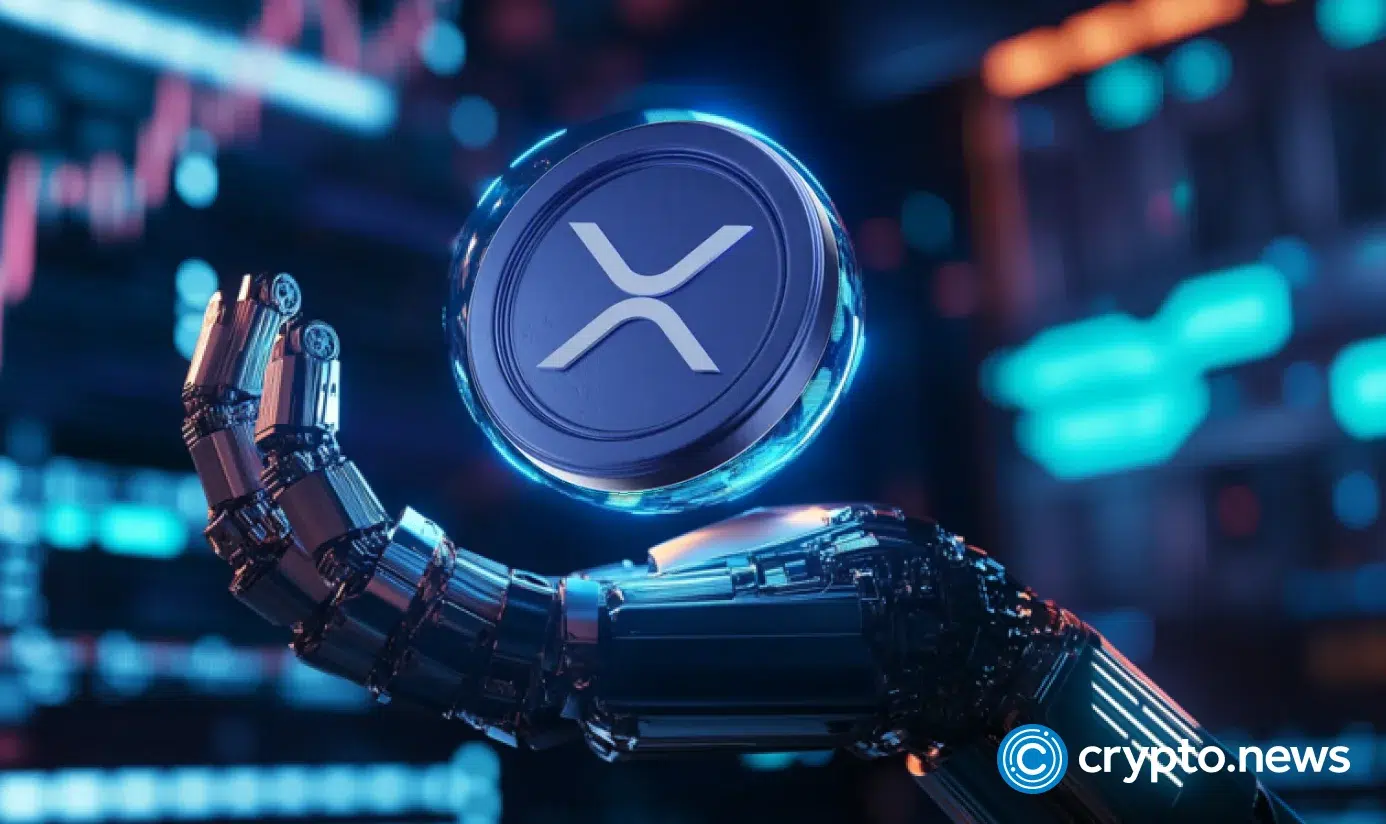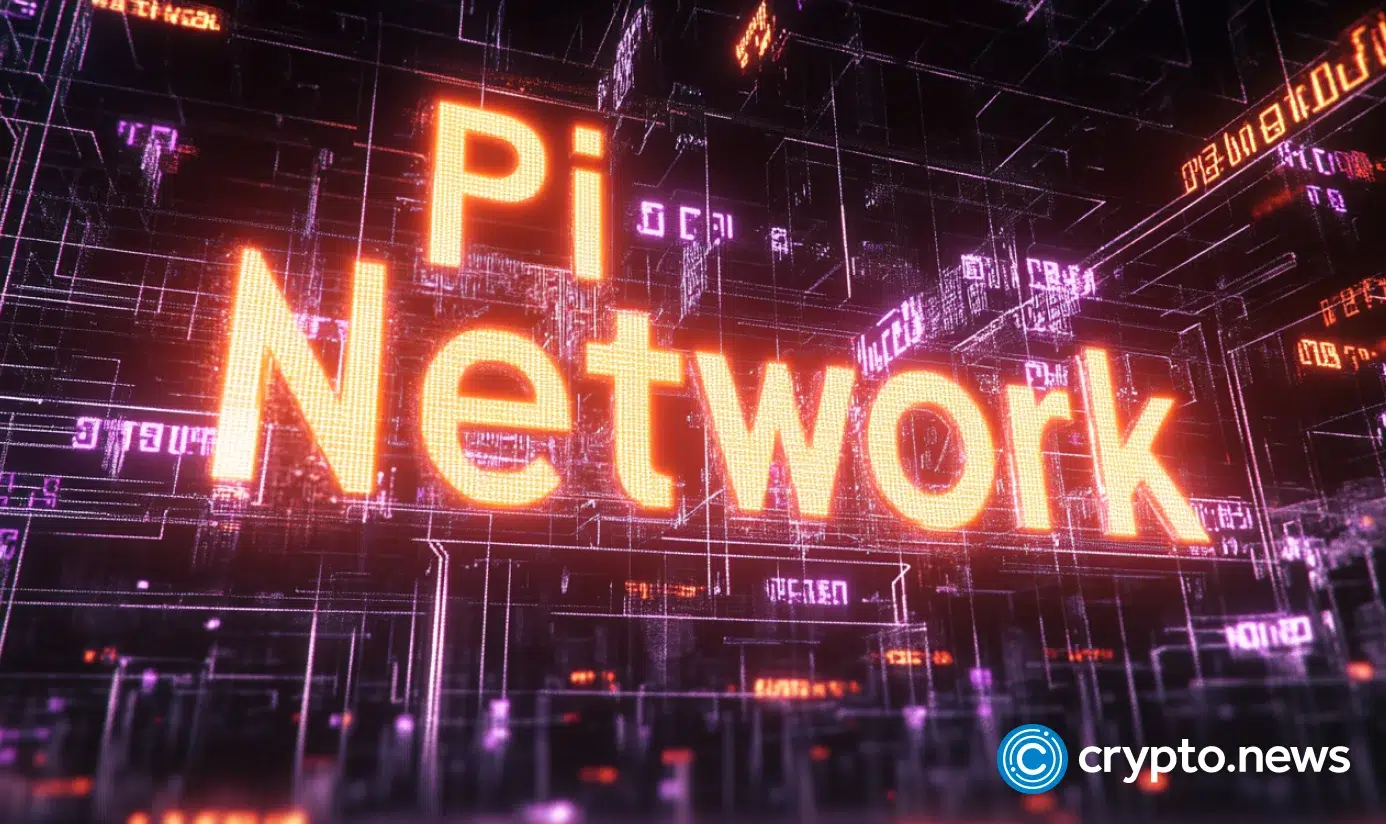Discover Intel Marketing Strategy and Winning B2B Campaigns
Being a tech giant is one thing, but staying one is a completely different story. No doubt, Intel owes a significant portion of its success, aside from its technical expertise, to its outstanding marketing strategies and groundbreaking B2B campaigns. ...
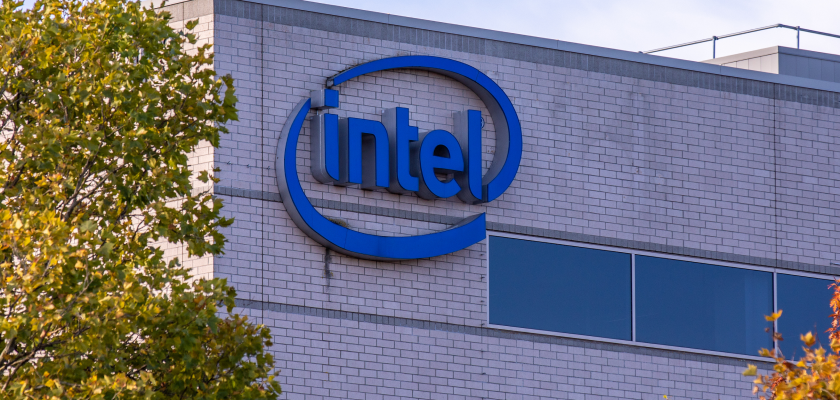
Being a tech giant is one thing, but staying one is a completely different story.
No doubt, Intel owes a significant portion of its success, aside from its technical expertise, to its outstanding marketing strategies and groundbreaking B2B campaigns.
This multinational technology company has consistently maintained its leading position in the industry, establishing its brand as trusted, well-built, and at the forefront of innovation.
In that blog, we’ll explore what the brand, whose value was reported to be $22.9 billion, does right to achieve success through its marketing efforts.
What’s Inside
Intel’s Marketing Mix: The Magic Behind the 4Ps Products: Tailored Tech Marvels for the Target Audience Price: Premium Tech at a Premium Value Place (Distribution): Where Tech Meets the Client Promotion: The Code Behind Intel’s Tech Tale Intel Target Audience Intel’s Marketing Strategies Rebranding Campaigns OEM Marketing (Intel Inside Program) Event Marketing & Tech Conferences CSR & Employer Branding Campaigns Intel Social Media Strategy Intel’s B2B Marketing StrategiesIntel’s Marketing Mix: The Magic Behind the 4Ps
Intel’s marketing mix is a strategic blend of product innovation, premium pricing, global placement, and precision-driven promotion, crafted to maintain its leadership in the semiconductor industry.
From powering everyday laptops to enabling complex data centers, Intel’s marketing mix demonstrates how a tech giant translates engineering excellence into compelling market value.
This section explores how Intel weaves technical prowess with strategic marketing to drive demand, sustain brand equity, and shape the future of computing.
Products: Tailored Tech Marvels for the Target Audience
When it comes to Intel and its innovative approach to both production and marketing, the “product” is not merely a chip.
They are both great at providing and marketing their product as a tech masterpiece. The brand’s journey first started with memory circuits (including random-access memory and shift-register memory integrated circuits) during the 70s, Intel was a leader in the RAM, SRAM, and DRAM markets.
But what did the trick for Intel was microprocessors.
Intel launched its infamous microprocessor, Intel 4004, in 1971. It was a great mark within the industry and, in fact, was the first commercial microprocessor. The industry’s progress in the 80s was closely monitored and even caught by the brand; they innovated and produced many products, including microprocessors, chipsets, and memory chips.
They invested heavily in research and development following the rise of personal computers.
Covering laptops to servers, the brand offers a chip for every tech enthusiast since the product’s use covers laptops to servers. They owe their leading position to their wide range of products that are used in various devices such as computers, smartphones, and servers. Intel products are known for their reliability and performance. So, whether a professional or a mere enthusiast, anyone involved in tech views Intel as a go-to source.
Price: Premium Tech at a Premium Value
The pricing strategy of Intel is a product of a value-packed marketing strategy.
Intel’s processors aren’t mere chips; they’re a tech marvel priced a bit higher for the promise of the best. Which is highly welcomed in the market, since in tech, performance is king. A tech professional would be willing to pay a higher price for a guaranteed performance, so customer loyalty surely plays a key role in the pricing strategy of Intel.
So for an Intel client, the price is not just a number but rather an investment in superior performance. The pricing strategy involves setting higher prices for premium products, justifying it with the declaration that consumers opt for higher-end models.
The factors considered by the brand while adjusting pricing are competition, production costs, and the perceived value. Thanks to efficient mass production, Intel secures higher revenues, even when pricing its products at a relatively lower price due to the lower cost.
Not to mention, the brand does not fail to offer a spectrum of processor options at different price points so that Intel products cater to the diverse tastes of its customer segments.
Place (Distribution): Where Tech Meets the Client
With Santa Clara as its HQ, Intel’s empire stretches across the globe. A stronghold in Oregon with almost 20,000, Intel is Oregon’s largest private employer and New Mexico’s industrial giant. Intel’s distribution channel must work like a well-oiled machine since the brand operates in 65 countries, including Ireland, Argentina, Malaysia, Russia, India, and China. They constantly re-optimize their distribution strategy. Since the brand has production plants and development centers worldwide, including Israel and China, Intel’s global footprint is amplified.
Ever wondered how Intel’s tech gracefully lands in your hands? Multiple channels play a part:
OEMs (Original Equipment Manufacturers)
Intel collaborates with computer manufacturers, making the “Intel Inside” (the famous and eye-catching stickers you see on your PC :)) co-branding strategy a visible presence in consumer devices.
Retailers & Distributors
Intel partners with retailers and distributors to make its products available online and in stores. Intel processors for upgrades or custom builds are available within clicks, making an effortless tech upgrade possible. Distributors who supply tech to smaller makers and sellers expand Intel’s products accessibility, making the brand’s innovations widely available.
Intel’s Online Channels
Intel’s official website is a tech haven. It provides direct access to products, information, and support. Taking things at hand, the brand makes it clear that distribution is not just logistics. By providing thorough knowledge and support on their own website, the result of the greater perspective of the brand which is providing tech at reach.
Promotion: The Code Behind Intel’s Tech Tale
Intel truly does a marketing marvel, since promoting a product that is not visible to the end user (the microprocessors are inside the CPU, so you literally can’t see it!) requires an untraditional approach. Intel’s marvelous marketing strategy is shown with the “Intel Inside” campaign. It is way more than a logo—it’s a brand anthem.
Let’s dive deeper into how they master the art of promotion:
Intel’s content marketing strategy is clear and informative. They create valuable content—articles, videos, and tutorials—educating customers on tech and innovations. The brand is also pretty active on social media platforms. They provide information, update notices, know-how, and support. In short, they provide value to their customer base through social media. Their dynamic online presence and active engagement are well appreciated by their customer base.
Intel has a powerful engagement system, both online and physical. They organize and attend industry events, conferences, and trade shows to showcase their latest tech. Collaborating in gaming events, eSports tournaments, and tech platforms is quite the norm for the brand, especially as it appeals to the younger generation. Often working alongside technology marketing agencies, Intel ensures its event strategy is aligned with audience expectations by proving its product efficiency, performance, and reliability in real-world scenarios.
Intel Target Audience
Intel’s target audience is broad and strategically segmented; it has a dual role as both a foundational B2B tech partner and a consumer-recognized brand.
Primarily, Intel serves enterprise clients such as Dell, HP, Lenovo, and several cloud providers. These partners rely on Intel’s performance-driven components and programs like Intel Inside (we’ll take a closer look at that soon) to power their hardware solutions.
Enterprise IT decision-makers also form a crucial segment. Intel targets them with high-value messaging around security, scalability, and long-term reliability.
Apart from IT decision-makers, developers and engineers are main focus. Intel nurtures this audience through the Intel Developer Zone, offering tools like oneAPI and OpenVINO, and open-source support.
Startups and innovators focusing on AI, robotics, and edge computing are also key targets. These companies gain benefits from Intel’s ecosystem programs such as AI Builders, Intel Ignite, and Foundry Services, where they receive mentorship, optimization support, and go-to-market resources.
Meanwhile, the public sector and academia are turning to Intel for high-performance computing, ethical AI leadership, and sustainability collaborations, which reinforces Intel’s position in the innovation pipeline.
And, here is a summary of the target audience of Intel:
Intel’s Marketing Strategies
In the late ’90s, Intel Corporation boldly tackled the marketing challenge of promoting an invisible yet crucial product—microprocessors.
Intel’s marketing strategy is a great and well-balanced mix of product innovation, strong brand building, targeted marketing, and industry leadership. Intel emphasizes product distinctiveness, fosters a positive brand image, caters to specific customer segments, and collaborates with key industry players to position itself as a leading force in the tech industry. Through integrated marketing approaches, content creation, influencer partnerships, and interactive experiences, Intel not only engages its audience but also cultivates lasting brand loyalty.
Rebranding Campaigns
Intel has transitioned its brand messaging from “just a chipmaker” to a platform and innovation leader.
The goal here is to be seen as the backbone of innovation in AI, 5G, and edge computing; powering anything from cloud data centers to autonomous vehicles.
That’s why the tech brand does not hesitate to promote Intel AI at every turn.
OEM Marketing (Intel Inside Program)
Intel is a pioneer when it comes to co-branding and OEM marketing, particularly through its well-known “Intel Inside” program.
As you may know, within that program, Intel offers marketing funds to partners (including Lenovo, Dell, and HP) to promote their processors in their ads and products.
Actually, that’s why you find Intel logos on ads, banners, retail packaging, and even TV commercials. The “Intel Inside” badge acts as a quality stamp, especially for personal computers. It reassures consumers that, thanks to Intel’s technology (which is invisible to them), the purchased product is more reliable.
This wise move extends Intel’s reach to millions of customers without direct consumer marketing or selling directly to end-users.
Event Marketing & Tech Conferences
Intel’s marketing strategy involves heavily investing in owned and earned media/events.
The main goal here is to showcase leadership and build relationships with developers, enterprises, and media.
Events and conferences like Intel Innovation, CES, Computex, and more include live demos of AI, keynotes, developer sessions, and workshops.
CSR & Employer Branding Campaigns
As many other tech brands do, Intel promotes its values via corporate responsibility initiatives, internal communications, sustainability campaigns, business publications, ESG reports, and more.
By focusing on topics like net-zero carbon commitment, ethical AI, diversity in STEM, and local community investment, Intel positions itself as a mission-driven, future-focused company.
Intel Social Media Strategy
Intel’s social media strategy is a multifaceted approach designed to engage both B2B and B2C audiences. We’ll be focusing on Intel B2B marketing strategies soon, so let’s take a closer look at the general social media strategy.
Intel’s social media strategy focuses on several key objectives:
🌀Platform-specific engagement (different content strategy for different platforms),
🌀Promoting corporate social responsibility (via initiatives related to diversity, sustainability, and community involvement).
🌀Visual storytelling via videos, infographics, and images,
🌀Showcasing product capabilities & promoting new features,
🌀Real-time customer engagement (getting feedback across platforms and responding to them promptly).
As you can see, Intel’s social media has evolved from being mostly product-driven to now focusing more on humanized content strategy, thought leadership, and cultural relevance, especially in the age of Gen Z.
Compared to flashier brands like NVIDIA’s marketing strategy or Apple’s, Intel’s social presence still leans toward corporate, informative, and ecosystem-oriented content rather than bold viral marketing.
So, Intel prefers to share content on themes such as innovation and AI, STEM, gaming and esports, and sustainability.
Another thing that Intel embraces as part of its content strategy on social media is celebrating special days and cultural & inclusive holidays. While it’s not as loud or viral as what you’d see from consumer-first brands like Nike or Oreo, Intel uses these cultural and industry-specific moments to engage with more people and showcase its values.
While doing that, the tech giant uses an informative, reliable, slightly formal tone. However, on TikTok, that tone shifts somewhat.
In addition to its bio saying “Wafers > Cookies” in a funny way, Intel also shares new-age videos with TikTok animations:
That shows us one more time that Intel’s social media strategy is highly platform-tailored.
Intel’s B2B Marketing Strategies
Considering Intel as merely a B2B company risks oversimplifying a much more nuanced and innovative marketing approach. Intel’s strategy is far from typical.
The company understands that it doesn’t sell directly to most consumers, but rather provides a critical component (processors, chipsets, and AI accelerators) that powers countless end products.
Intel uses this position as an “ingredient brand” to its advantage, building preference both upstream toward manufacturers and OEMs and downstream toward consumers and developers.
Intel’s B2B marketing strategy is rooted in the principle of dual influence: On one hand, it targets procurement leads, CTOs, and enterprise architects with rational, spec-driven content that emphasizes performance, security, and scalability. On the other hand, it generates enough consumer enthusiasm that OEMs feel pressure to embed Intel components in their products.
This hybrid model is unique to Intel and helps the company maintain its status as a dominant force in both enterprise and consumer ecosystems.
One of the most distinctive elements of Intel’s B2B approach is its investment in experiential marketing. Approximately 10–12% of Intel’s annual marketing budget is allocated to immersive experiences that translate technical advantages into human stories.
For instance, back at SXSW, the tech giant hosted live drone demos and AI-powered showcases to demonstrate how its technology is applied in real-world scenarios.
Similarly, at CES 2023, Intel attracted thousands of people daily with interactive installations featuring AI in retail, smart city infrastructure, and next-gen PC experiences.
These events, of course, are far more than show-and-tell. But they serve as powerful demand-generation platforms that drive post-event engagement across account-based marketing campaigns.
Speaking of high-impact events, Intel teamed up with Major League Baseball and showed its VR simulation technologies with RealSense and Replay. By doing that, the brand let fans experience the game from a player’s perspective.
Supporting these experiential marketing efforts is Intel’s deep investment in developer and partner ecosystems. The Intel Developer Zone draws more than 2 million unique visitors annually, offering SDKs, documentation, webinars, and optimization tools for software engineers and AI developers.
Apart from partner programs and alliances, on digital platforms, content marketing works as a key driver for Intel. The brand’s technical blogs, whitepapers, and training videos see high engagement across its B2B channels.
These marketing efforts have translated into strong brand performance. According to Brand Finance, Intel is among the most valuable B2B tech brands globally.
So, Intel’s B2B marketing strategy is a wise blend of emotional storytelling and technical persuasion. It seamlessly integrates physical experiences, digital experiences, influencer ecosystems, and OEM partnerships to create a 360-degree marketing engine.
While traditional B2B companies often rely on rationality and spreadsheets, Intel markets technology as a story of human progress, making it a brand provider and a brand enabler.
Long Story Short
In a tech-driven world, Intel’s got the game. From top-notch processors to global reach, their strategy rocks: tailored marvels, premium value, smart distribution, and the iconic “Intel Inside.” It’s not just tech; it’s trust and commitment. As we dig into Intel’s marketing mojo, it’s clear—they’re not just a tech giant; they’re the crew steering the innovation wave. Ready to ride along? Intel sure is.

 BigThink
BigThink 







.png)



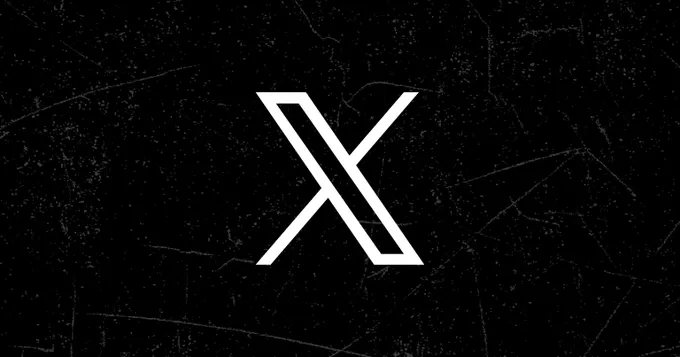




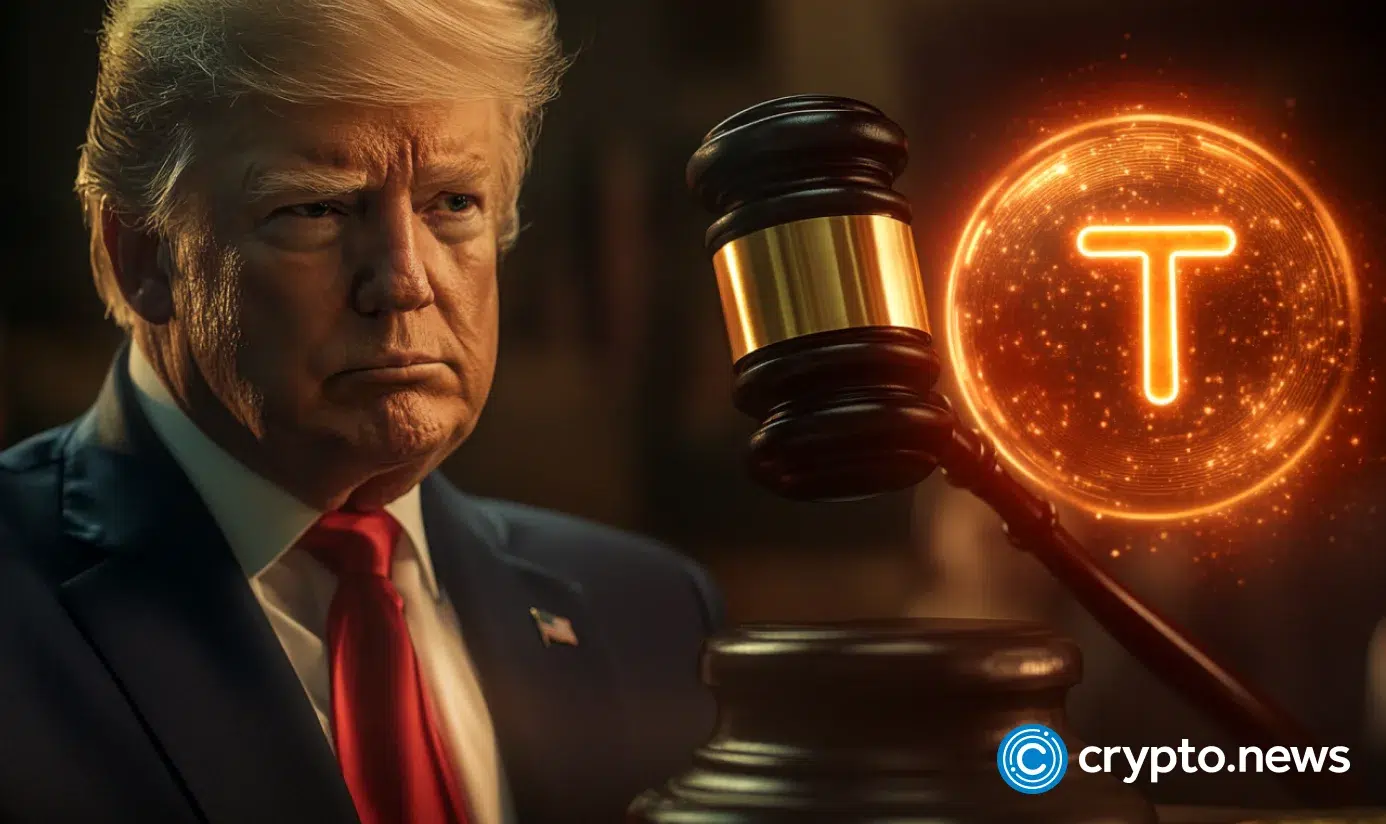








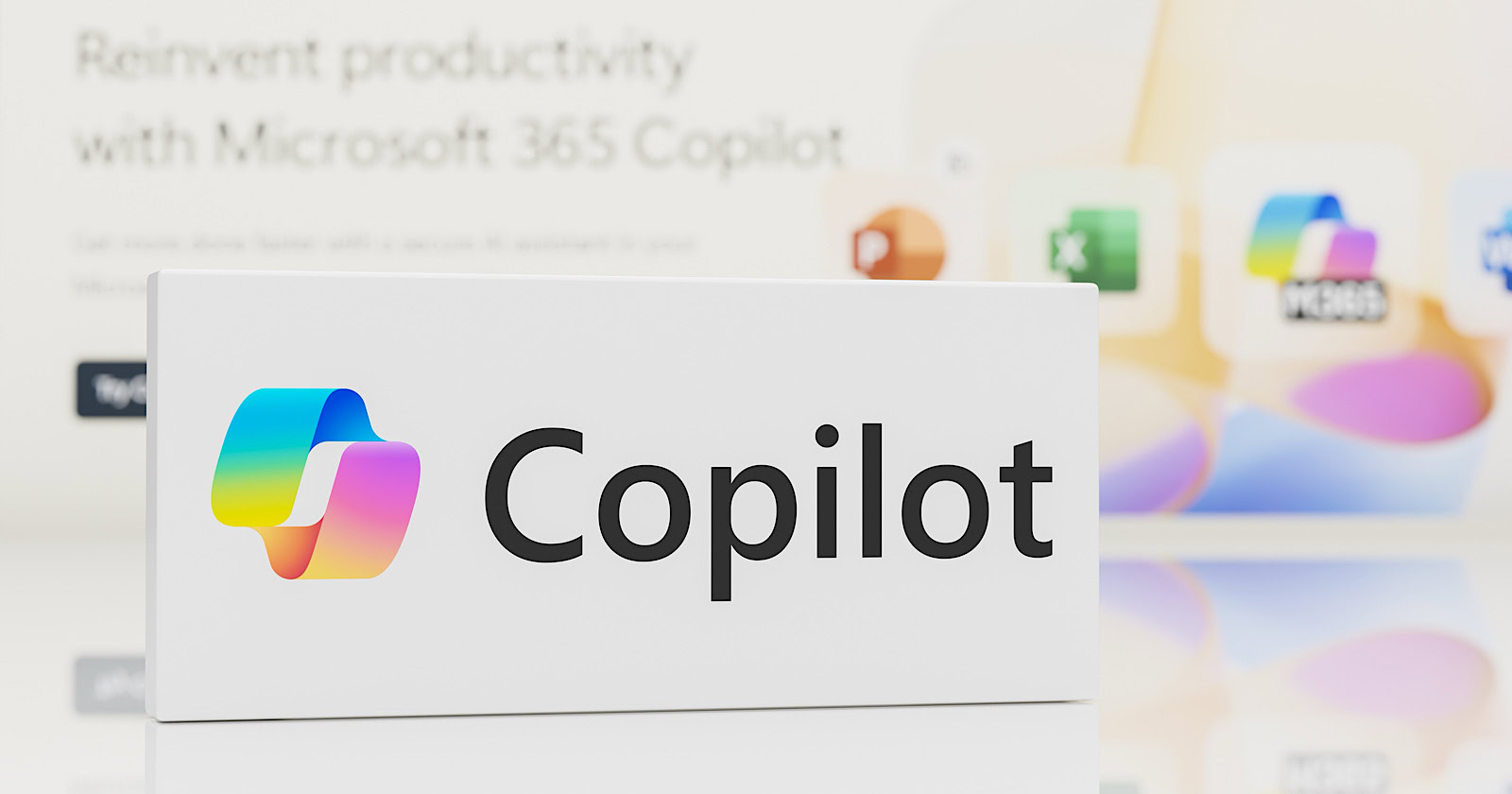
.jpg&h=630&w=1200&q=100&v=6e07dc5773&c=1)



